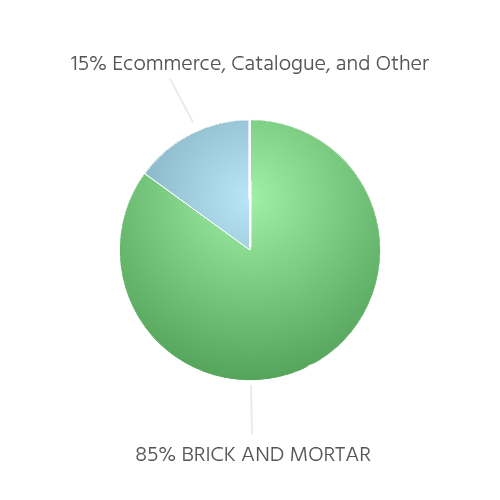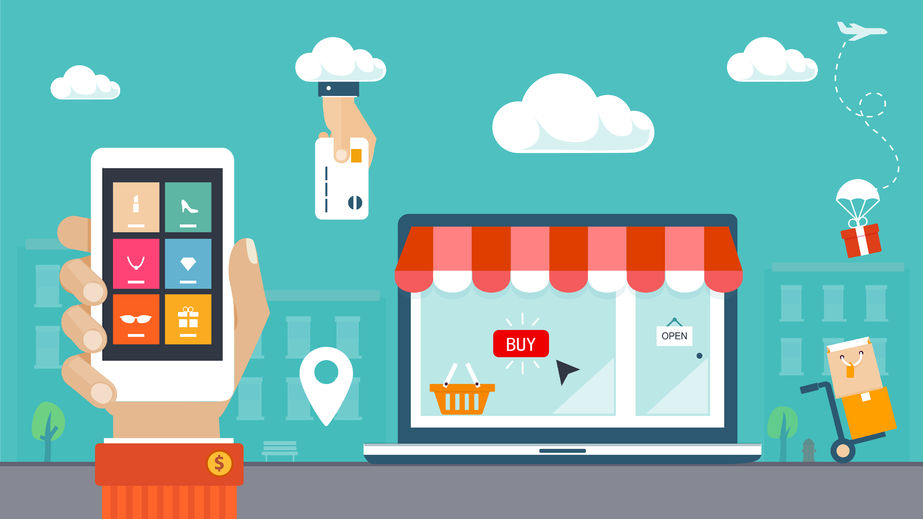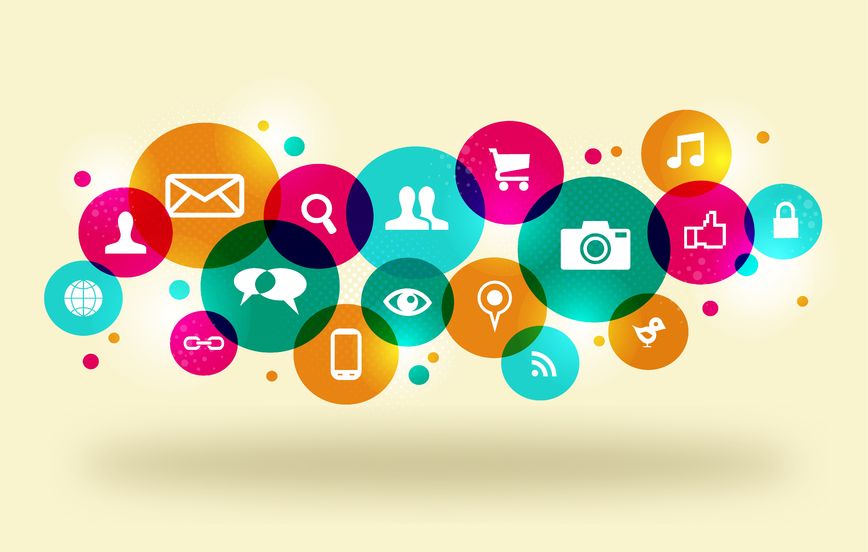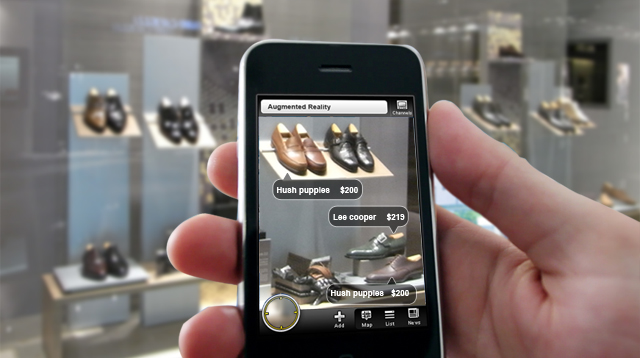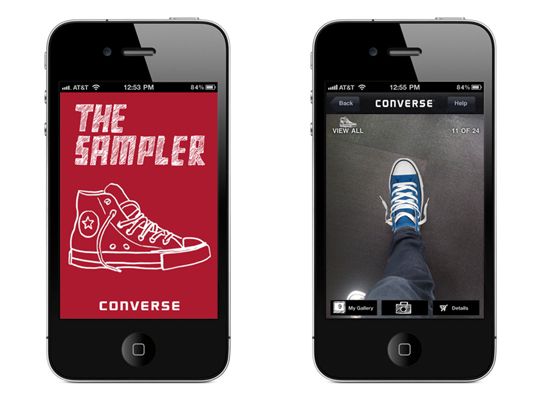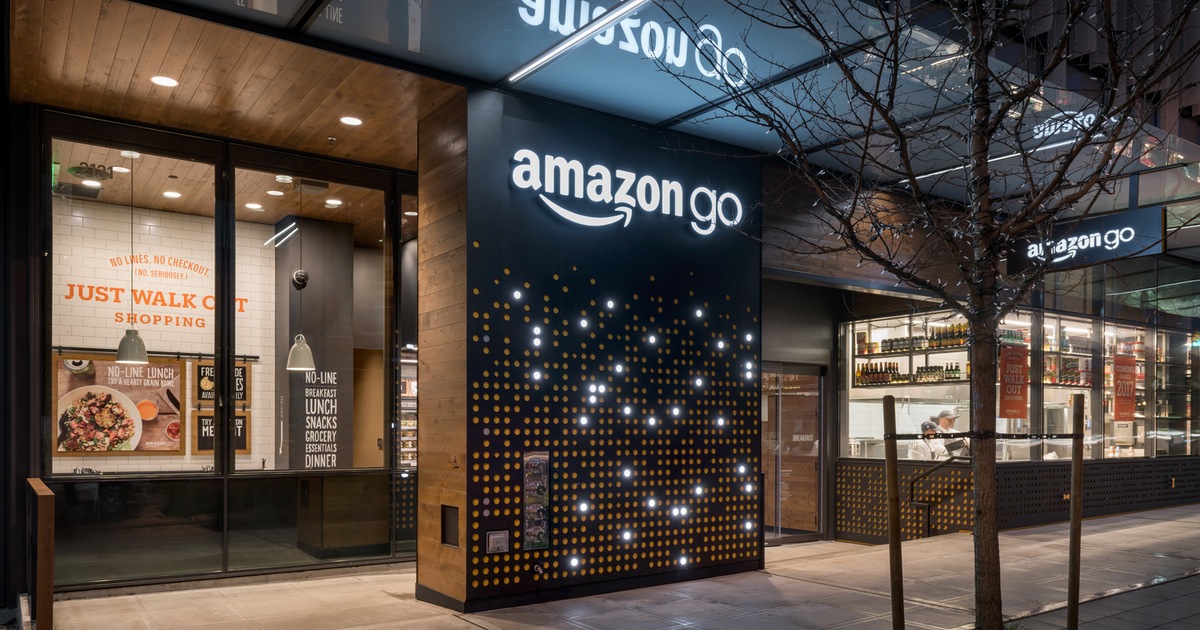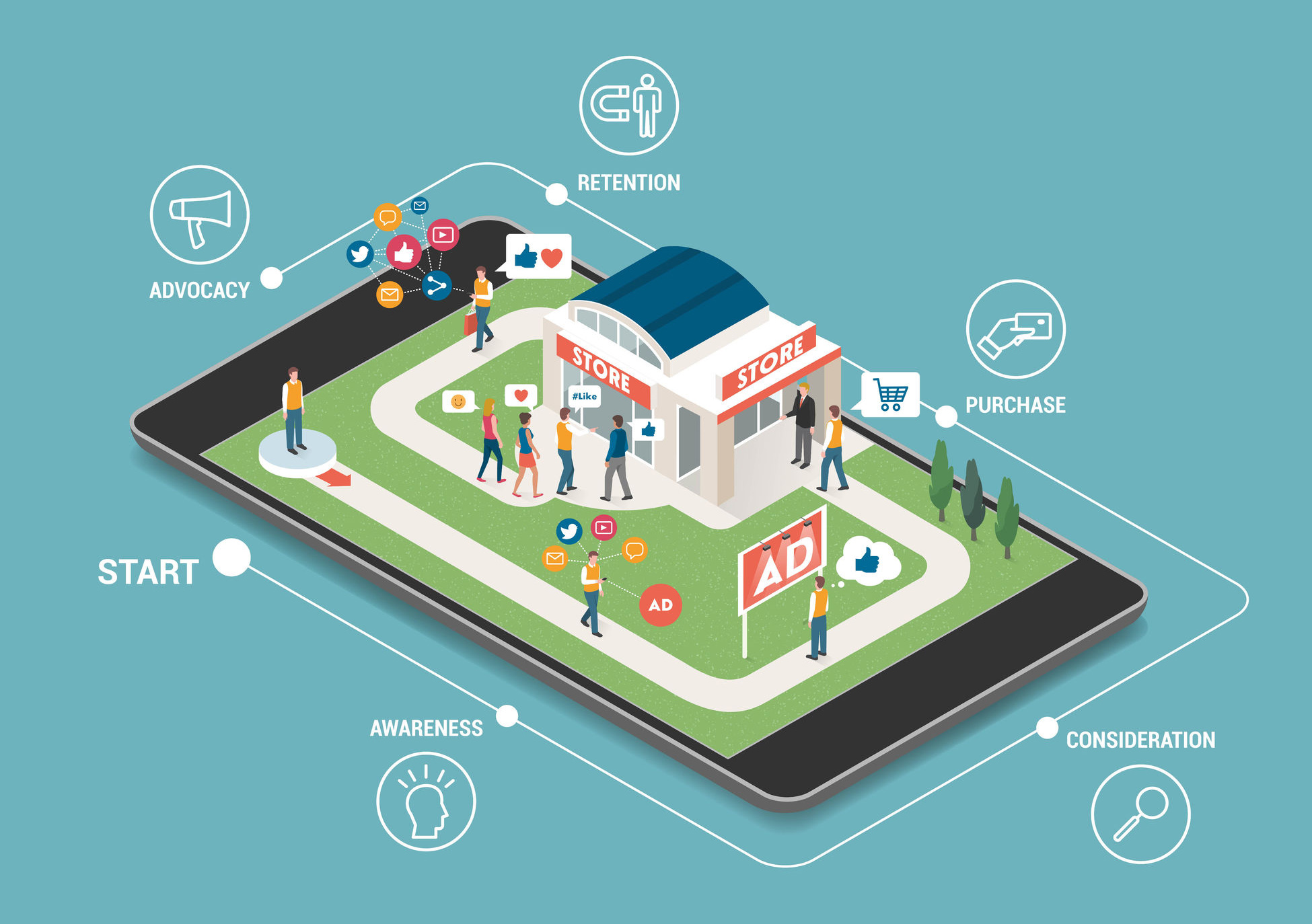The 7 Key Technology Trends Retailers Need to Watch in 2017
The tech industry isn’t just changing the way we work. It’s 2017 and the tech industry is changing everything, and shopping is no exception.
In fact, new trends in technology are changing the shopping experience dramatically. Chances are, when you want a new sweater, a different car, or even a whole new kitchen, you go online first.
But that doesn’t mean that brick and mortar stores are dying. Far from it.
According to McKinsey & Company, physical store locations will still drive as much as 85% of all retail sales in 2025.
“Despite the e-commerce boom, brick-and-mortar stores should still account for approximately 85 percent of US retail sales in 2025”
McKinsey & Company
Make no mistake though. Retail is changing, and brick-and-mortar stores are evolving.
Shoppers have come to expect extreme convenience, incredible service, and a more personalized experience. And those expectations will only continue to grow with the advancement of technology. Brands that don’t keep up risk losing serious market share to their competitors.
Here are the 7 key technology trends that retailers should be watching this year:
Clicks + Bricks
Online and offline retail will continue to blend, and become even more strategically integrated.
There was a time when retailers were either physical stores or online stores. No more. To succeed in the future, retailers will need to embrace all forms of the customer experience and think strategically about every touch-point, both physical and digital.
Same-day shipping, free shipping, and order online to pick up in-store are all everyday occurrences now. The virtual and real world boundaries are blurring, and savvy retailers are increasing their use of technology to target, engage, and serve customers across all channels.
It used to be that a retail store that also had an online presence operated the two as separated entities. But in 2017, the brick-and-mortar store, the web store, and the app are merely 3 parts of the whole.
Social Commerce
Social media will be recognized as a cornerstone of retail customer experience and engagement.
In 2017, social media is king. Consumers who are spending more and more time on social networks expect to be able to engage with their favorite brands through platforms like Facebook, Instagram, Twitter, and Snapchat.
This is a monumental opportunity for retailers. By creating a helpful, responsive, and engaging social media experience they can build relationships with customers in new and meaningful ways.
Social media is also the new word of mouth advertising. Customers can shop, leave reviews, and even share their favorite products and reviews with others across their networks. It’s essential that retailers embrace this opportunity and try to make their social media experience as frictionless as possible.
The best part? It’s cheap. Retailers don’t have to spend a fortune to create a great social media customer experience.
Augmented & Virtual Reality
Augmented and virtual reality will create new opportunities for retailers to engage customers and differentiate their shopping experience.
In 2016, an augmented reality game took the world by storm: Pokemon Go. This new type of interactive experience was more than a novelty, it was an introduction to the future, and forward-looking retailers are ready to get on board.
In 2017, consumers will be looking for more interactive experiences at their favorite stores. Already The North Face has created a display that puts customers in the wild beauty of Yosemite National Park, and IKEA has an app that lets their customers see how a piece of furniture would look in their home. It even measures the item against the space.
Want to see how that new pair of shoes would look on your feet without even going to the store? Converse has an iPhone app called the Converse Shoe Sampler. Simply pick out the shoe you are interested in and point your phone at your leg. Voila:
Augmented reality is fun, creative, and effective. It will be an increasingly important dimension of retail marketing engagement in 2017 and going forward. Smart retailers, are increasingly finding ways to add these experiences to their stores.
AI, Data, & Analytics
Retailers of every size will recognize the importance of leveraging artificial intelligence, data, and analytics.
Remember Moneyball? One baseball team decided to use advanced analytics to build their roster. The rest of the league thought they were nuts. Now? Nearly every team has a whole department dedicated to analytics.
The same thing is happening in retail. Amazon, the clear leader in this department, actually has a patent on an artificial intelligence technology called “anticipatory shipping.” Essentially, they use data to see what customers have purchased in the past and use that data to predict what they will be ordering in the future. Then, they ship those products to the warehouse closest to that customer.
The data is out there.
From social media profiles to shopping histories, nearly everything a person does online is trackable.
Retailers of all sizes need to collect their data, analyze it, and then utilize it to create a more personal and effective customer experience.
Transparency & Access to Information
Expectations around transparency and online access to information will become even more critical to branding and consumer trust.
A study on the ROI of transparency by labelinsight.com
In the digital age, it’s much harder to hide anything. Customers want to know everything about the products they buy. Where is it made? What are the materials and how are they harvested? Is it sustainable? How much is the markup?
Retailers that make a point of upfront transparency earn a badge of trust from their customers.
Shady pricing tactics or misleading information about products will get discovered and hurt business in the long run. In 2015, Michael Kors settled a $4.8 million class-action lawsuit over deceptive pricing. It turns out those big outlet store discounts weren’t as big as advertised.
Transparency can be a tough pill to swallow for some. Putting all your information out there for customers to see can feel a little like standing naked in a crowd. Think of it as an investment. You may be naked, but your customers will know that you don’t have an ace up your sleeve. They’ll trust your store and that gives you an edge over the competition.
Smart Stores: The Internet of Things
Tech-forward small and medium sized retailers will increasingly leverage The Internet of Things to build smart stores and gain an edge over their less tech-savvy competition.
The digital age is growing up in 2017. Smart retailers use digital data to streamline nearly every aspect of their business.
Automatic checkout through digital payment systems creates a smooth experience for customers. Product tracking allows retailers to keep up with inventory. You can even track customer movements to pinpoint your highest traffic aisles and then use that information to your benefit.
Technologically integrated stores will have the edge in both customer satisfaction and retail efficiency. From automated checkouts to product tracking and consistent inventory supply, the Internet of Things is worth embracing for retailers of all sizes.
The Frictionless Omni-channel Journey
An increasing number of retailers will leverage technology to analyze and then strategically remove friction from the customer journey at every touch-point.
The bar has been raised when it comes to customer satisfaction. The simplicity of shopping with companies like Amazon has every retailer analyzing their own customer’s journeys.
Where are the bumps?
The 2017 shopper is the “now” shopper. They want to find the product now, buy it now, have it delivered now, and, if necessary, return it now. The days of waiting two weeks for a new purchase to arrive are long gone.
With this in mind, retailers need to take a long look at their own processes. They should streamline supply chains to be able to comply with customer demands, and make checkout as simple and fast as possible.
Look to your mobile-first and mobile-only customers and do what it takes to keep them happy because their numbers are growing.
Using technology to improve the customer journey at every touchpoint is not a luxury, but a necessity.
Wrapping Up
Customer demands are higher than ever. They want products fast. They want the shopping experience to be effortless and rewarding. They want to shop on their phones. And they want to know how your business operates so they can trust you.
Even small and medium sized retailers need to be thinking seriously about how mobile, analytics, social media, web experience, and smart store technology can help them deliver incredible experiences to their customers.
Brick and mortar stores are alive and well, but technology is about to radically transform their potential.
Those who evolve will thrive.
The smartest retailers will see the opportunity, and capitalize on these trends to stay ahead of the curve and win more customers in 2017 and beyond.
Your Retail Design & Technology Partner
Here at Cutler, we work with our clients to seamlessly integrate technology into store design. Get in touch to learn more or tell us about your project:



